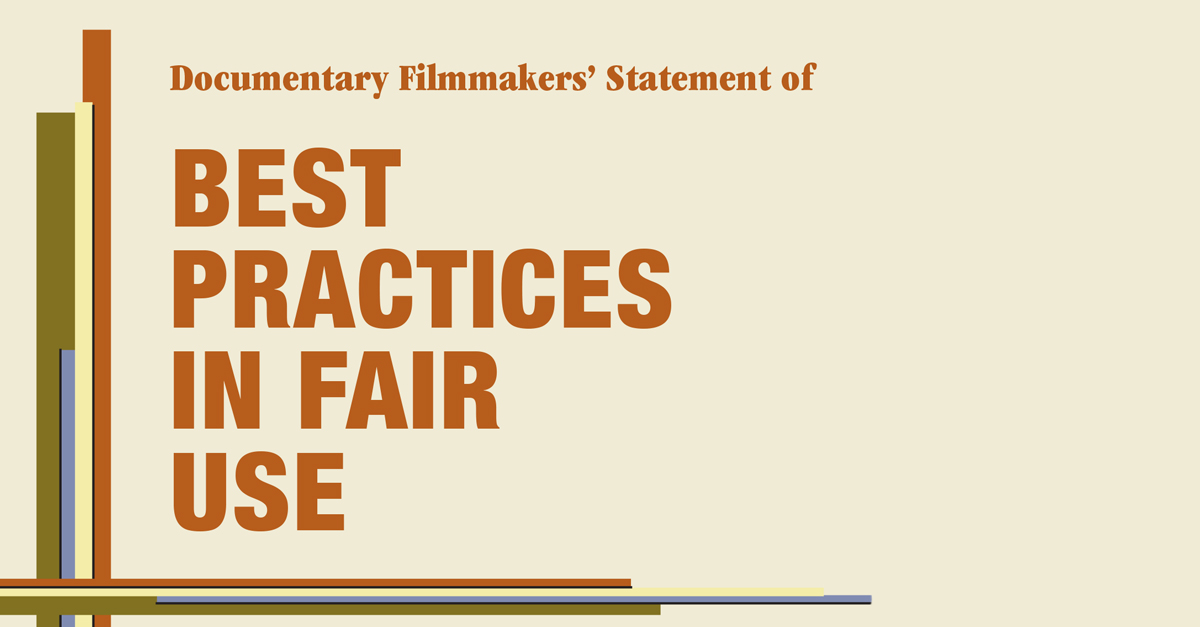
What is Fair Use?
Fair use is the right given in U.S. copyright law to use copyrighted material without payment or permission, under some circumstances. A long pattern of judicial decisions applying Supreme Court precedent shows that an assessment of fair use typically depends on the answers to two questions:
- Is the use transformative—is the purpose for which preexisting copyrighted material is reused different from that for which it was originally created?
- Is the amount of material used appropriate to the purpose of the new use?
If so, it is likely that fair use applies. Our Codes of Best Practices describe ways in which fair use principles can be used in common recurring contexts.

Korean Documentary Filmmakers and Fair Use
Korean documentary filmmakers can employ fair use in the same way American filmmakers can. In 2011, the Republic of Korea adopted fair use, using word-for-word language from the U.S. doctrine, following a free trade agreement with the U.S. Fair use is the right to use copyrighted material without permission or payment under some circumstances, The doctrine of fair use addressed some of the concerns of Korean producers about how to honor Korean copyright law, given the adoption of more expanded copyright protections in the free trade agreement. Korean copyright law builds balance between existing and new creators into the policy, toward the goal of “the improvement and development of cultural and related industries.”

Documentary Filmmakers’ Statement of Best Practices in Fair Use
This statement recognizes that documentary filmmakers must choose whether or not to rely on fair use when their projects involve the use of copyrighted material. It is organized around four classes of situations that they confront regularly in practice. (These four classes do not exhaust all the likely situations where fair use might apply; they reflect the most common kinds of situations that documentarians identified at this point.) In each case, a general principle about the applicability of fair use is asserted, followed by qualifications that may affect individual cases.
